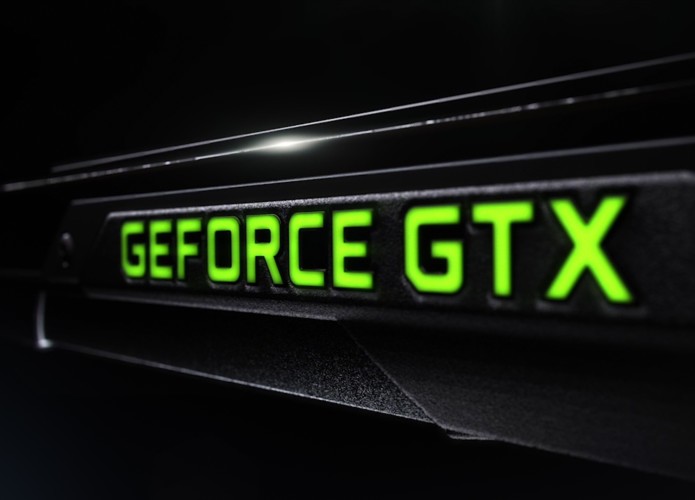This year’s NVIDIA mobile GPUs are deliberately named after their desktop counterparts and miss the M at the back. And the reason is obvious, NVIDIA wants you to believe that they’ve finally closed the performance gap between two form factors – mobile and desktop. However, as our gaming and synthetic benchmarks show, this isn’t exactly true. There’s a little more way to go but it’s closer than ever and definitely closer than Maxwell was.

Put side by side, both variants seem almost identical but small details make the whole difference. For instance, the mobile GTX 1070 features a tad more CUDA cores and Texture Mapping Units (TMUs) than the desktop version (2048 vs 1920 and 170 vs 120 for CUDA and TMU respectively) but its core is clocked slightly lower – 1443 – 1645 MHz vs 1506 – 1683 MHz. The latter probably makes the biggest difference in the testing. But, on the other hand, when we did a short stress test of the mobile GPU, GPU-Z didn’t register clock rates above 1556 MHz so the pre-production sample not utilizing the full potential of the graphics card might also have to do with the tests’ outcome.
…
Read full post here:
https://laptopmedia.com/highlights/geforce-gtx-1070-laptop-vs-970m-980m-gtx-980-laptop-and-gtx-1070-desktop-benchmarks-and-gaming-tests/


